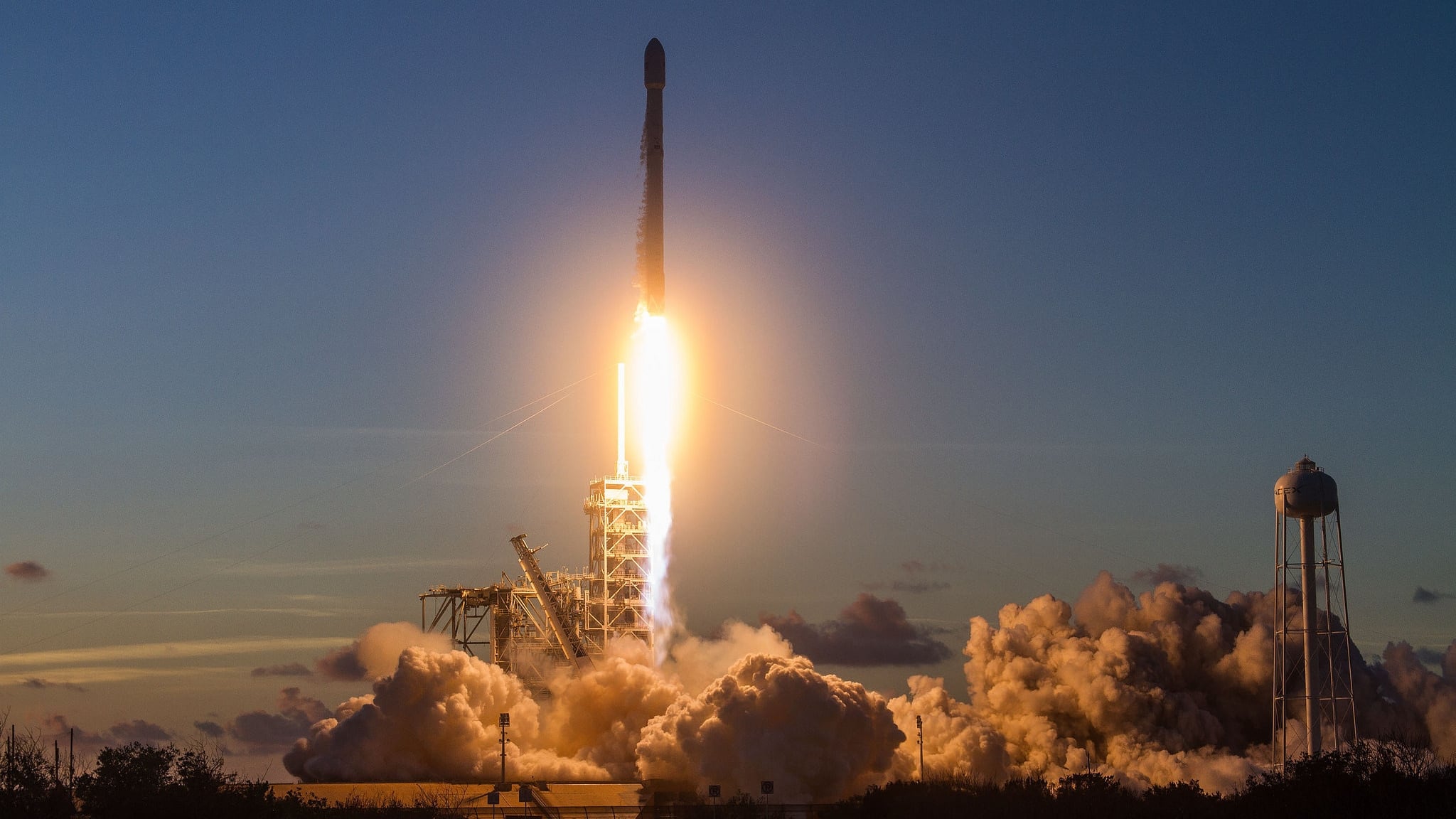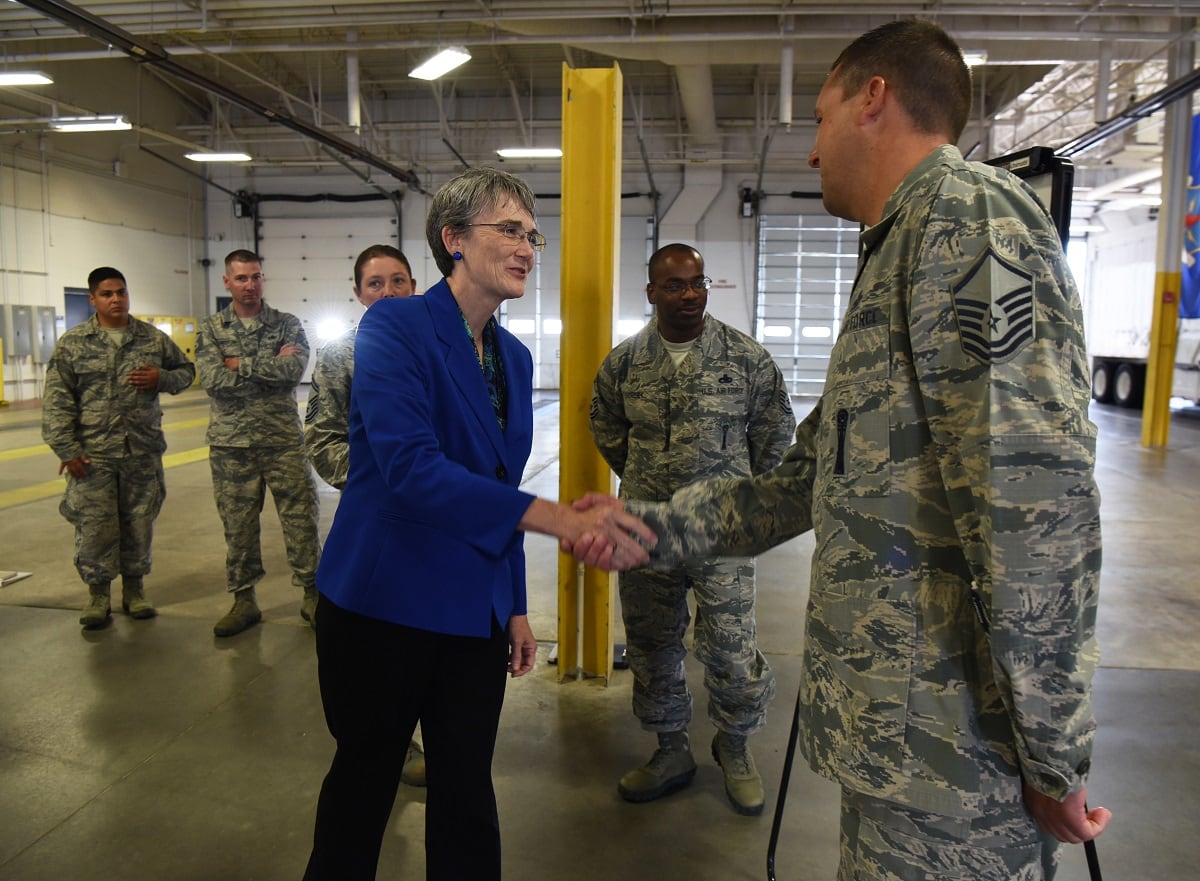WASHINGTON — The U.S. Defense Department’s fiscal 2020 budget asks for $306 million to overhaul its space enterprise: standing up the headquarters of the Space Force, establishing U.S. Space Command and creating a Space Development Agency geared toward rapidly acquiring cutting-edge space technology.
Of those three organizations, it’s the Space Development Agency that is projected to be the most expensive effort, costing $149.8 million in new funding that cannot be transferred from other parts of the budget.
It’s unclear what this money will go toward. The budget provides a general description of the role of the SDA, saying it will “will have a development mindset and will be focused on experimentation, prototyping and accelerated fielding, as well as leveraging commercial technologies and services.” However, it does not lay out why the SDA’s stand-up costs are equal to that of U.S. Space Command and the Space Force combined.
Click here for more from the FY20 budget proposal.
Meanwhile, the Air Force plans to spent $72.4 million of its budget to create the Space Force headquarters — $63.7 million of which constitutes a growth in funding. For the most part, U.S. Space Command can be created by pulling funds already present in the Pentagon’s budget, resulting in an $83.8 million request where $75.6 million stems from existing sources.
RELATED

The establishment of the SDA seems likely to prove the most controversial of the Defense Department’s space restructuring initiatives, at least inside the walls of the Pentagon. Air Force leaders once decried the creation of the Space Force but are now proponents of the new service, which will be part of the Department of the Air Force — at least initially. The same cannot be said for the SDA.
Air Force Secretary Heather Wilson has publicly expressed skepticism about the necessity of an SDA, especially as the service has stood up a Space Rapid Capabilities Office and reorganized its own space acquisition arm — the Space and Missile Systems Center — to be more agile.
RELATED

"I think there’s still concern — I know I have some concerns — about what is the mission of this entity, why do we think it would be better than what we currently do and what exactly will it be focused on conceptually,” Wilson said last month at the Air Force Association’s Air Warfare Symposium.
All told, the Pentagon will need 827 personnel — some already present in existing parts of the Defense Department, and others that are new — to form the Space Force headquarters, USSPACECOM and the SDA, its FY20 budget states.
“The focus in the FY2020 budget is establishing the [U.S. Space Force] headquarters in order to posture the Space Force to receive and execute its missions as effectively and efficiently as possible in subsequent years,” the budget overview states.
The service would be positioned to execute operations and acquisition programs starting in FY21, it said, and the FY21 budget proposal will be structured to transfer space funding from the Air Force and other services into the Space Force.
Then in FY23 and FY24, the Space Force “will continue assessing its missions and develop innovative ways to organize, train and equip its forces to meet operational requirements. This could include activating additional operational, acquisition and training elements,” the overview states.
In total, the department plans to spend about $2 billion to stand up the Space Force over the next five years, it disclosed last month.
The Air Force would transfer 120 uniformed and civilian personnel in FY20 to establish the new service, as well as 40 new detailees.
U.S. Space Command would require 617 personnel for its operations in FY20, with 587 transferring from other military space organizations like the National Space Defense Center, Joint Force Space Component Command and Joint Navigation Warfare Center. Those organizations would also report to USSPACECOM instead of U.S. Strategic Command.
To stand up an SDA, the Pentagon predicts it will transfer 20 people as well as add 30 employees to the mix.
Valerie Insinna is Defense News' air warfare reporter. She previously worked the Navy/congressional beats for Defense Daily, which followed almost three years as a staff writer for National Defense Magazine. Prior to that, she worked as an editorial assistant for the Tokyo Shimbun’s Washington bureau.






